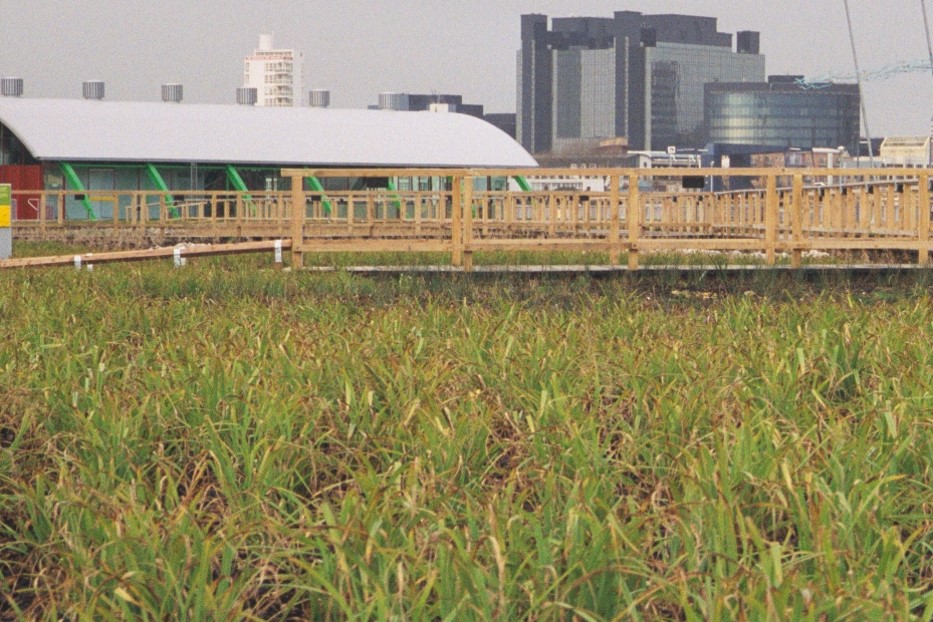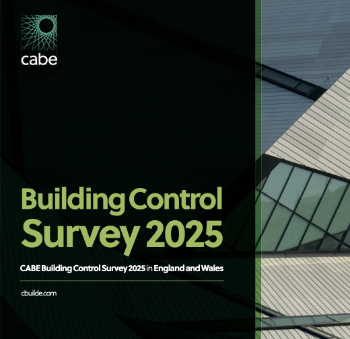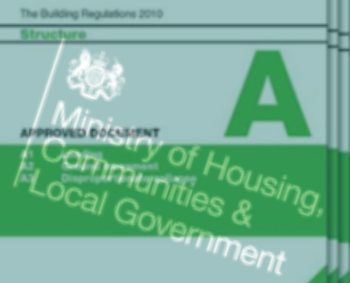Planting in the built environment
Contents |
[edit] Introduction
Planting is the growing or placing of plants in a particular area for a range of purposes, including to:
- Enhance aesthetics.
- Improve wellbeing.
- Improve air quality.
- Filter water.
- Support ecosystems.
- Improve biodiversity.
- Grow crops.
- Create break out or play areas.
- Create sports surfaces.
Planting can be external or internal.
[edit] External planting
External planting is most commonly undertaken as part of landscape design or gardening. Basing a scheme around plants is one of the simplest and most effective ways of transforming an external space.
Design involves drawing up plans for laying out and planting different landscapes, and this will largely be determined by the purpose for which the garden is intended. Some gardens are purely for aesthetic or ornamental purposes, while others can be more functional – growing food, crops, and so on. When setting out external planting it is important to remember that plants will change throughout the seasons.
Other considerations for external planting include:
- How the garden will be used.
- Budget and time constraints.
- Means of access.
- How the garden will connect and/or interact with buildings or other structures.
- Location, climate and exposure.
- Topography.
- Soil type.
- Horticultural requirements.
- The typical lifespan of the plants.
- The size and growth habits of the plants.
- Maintenance requirements.
- Elements of hard landscape and other features that will be included.
- The potential for pests to damage the garden.
- Privacy and security.
For more information, see Garden.
More formal gardens can be quite tidy and geometric, characterised by straight lines and clipped hedges. More informal gardens tend to be characterised by organic curves and more 'relaxed' planting.
Potted flowers and plants offer a flexible approach which can provide colour and vibrancy to an outdoor space as well as being moveable.
[edit] Internal/artificial planting
Natural plants can also be used in interior applications, although consideration must be given to their location so as to ensure adequate sunlight and space. Potted plants are common indoors, but larger planting schemes are possible, including in atrium, conservatories, greenhouses, and so on. Particular consideration must be given to the type of plants used and whether they will survive indoors, as well as their maintenance, watering, replacement and so on.
Artificial plants (also known as ‘replica plants’ or ‘silks’) can offer an alternative for internal (and occasionally external) applications as they enable spaces to look the same regardless of the season and they tend to require less maintenance (aside from occasional dusting).
Artificial plants are most commonly made of plastic mouldings, with more inexpensive varieties offering little variation in sizes and colours due to being mass-produced. However, more expensive products can be made from superior materials such as natural wood and printed silk leaves, with greater variation. Very often, cheaper varieties will not be UV-treated which means their colour will fade when exposed to sunlight, making them less suited for external uses. (Although all artificial plants will fade to some degree due to silk being a natural fibre.)
[edit] Related articles on Designing Buildings Wiki
Featured articles and news
The 5 elements of seiri, seiton, seiso, seiketsu and shitsuke.
Shading for housing, a design guide
A look back at embedding a new culture of shading.
The Architectural Technology Awards
The AT Awards 2025 are open for entries!
ECA Blueprint for Electrification
The 'mosaic of interconnected challenges' and how to deliver the UK’s Transition to Clean Power.
Grenfell Tower Principal Contractor Award notice
Tower repair and maintenance contractor announced as demolition contractor.
Passivhaus social homes benefit from heat pump service
Sixteen new homes designed and built to achieve Passivhaus constructed in Dumfries & Galloway.
CABE Publishes Results of 2025 Building Control Survey
Concern over lack of understanding of how roles have changed since the introduction of the BSA 2022.
British Architectural Sculpture 1851-1951
A rich heritage of decorative and figurative sculpture. Book review.
A programme to tackle the lack of diversity.
Independent Building Control review panel
Five members of the newly established, Grenfell Tower Inquiry recommended, panel appointed.
Welsh Recharging Electrical Skills Charter progresses
ECA progressing on the ‘asks’ of the Recharging Electrical Skills Charter at the Senedd in Wales.
A brief history from 1890s to 2020s.
CIOB and CORBON combine forces
To elevate professional standards in Nigeria’s construction industry.
Amendment to the GB Energy Bill welcomed by ECA
Move prevents nationally-owned energy company from investing in solar panels produced by modern slavery.
Gregor Harvie argues that AI is state-sanctioned theft of IP.
Experimental AI housing target help for councils
Experimental AI could help councils meet housing targets by digitising records.
BSRIA Occupant Wellbeing survey BOW
Occupant satisfaction and wellbeing tool inc. physical environment, indoor facilities, functionality and accessibility.
























